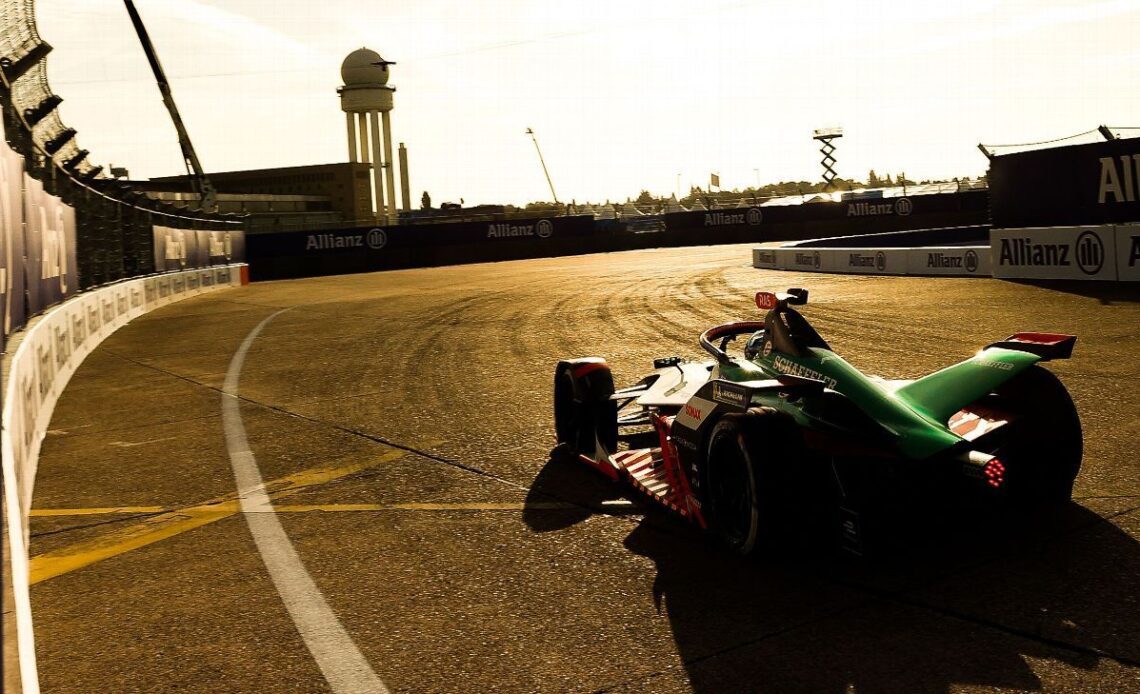Formula E hasn’t always had technology on its side. Or calendars, or manufacturers or the general goodwill of the motorsport community. But it has always had a way of picking up talent overlooked or discarded elsewhere. Ahead of a massive grid shakeup before the Gen3 car is introduced for 2023, what’s happened to the pariahs it turned into its stars?
There was — and still is — a reputation that dogged Formula E in its first years, that it was where Formula One talents went to be put out to a cosmopolitan, electric pasture. Aside from the fact that few drivers willingly leave that series before they’re ready, it was never really a fair assessment of the field, most of whom actually came from endurance racing.
Formula E’s first season saw better racing than it probably had any right to, considering the technology at the time and the speed at which the series had been put together — from back-of-a-napkin proposal to functioning world championship in three years. The initial move of putting together a drivers’ club, which allowed teams to pick from a pool of talent, meant that the cars might not have been quick and the batteries might have been compromised but the racing was always competitive.
And that has always been one of its strongest points. It’s partly because Formula E demands a lot from drivers; the lack of pit-wall telemetry means car management is exclusively down to the drivers during a race, and they have to adapt to a completely different style of racing than in other series.
The standout talents aren’t household names in the same way F1 drivers might be, but Jean-Eric Vergne, Lucas di Grassi, Sam Bird, Stoffel Vandoorne and other frontrunners have earned their reputations in the series. The strength of the field attracts other drivers to it.
– Watch Formula One and the W Series all season long on ESPN
– Don’t have ESPN? Get instant access
Most of the grid’s newcomers have found a way in through their desire to join their friends there, which is surprisingly wholesome for the political maze of single-seater motorsport, and also motivates them to stay in the series — beyond any loyalty to their teams. The lure of being able to compete with the drivers already there has made the field stronger over time.
At the end of the Gen2 era, which concludes in August at the season finale in Seoul, there will be a…
Click Here to Read the Full Original Article at www.espn.com – RPM…

